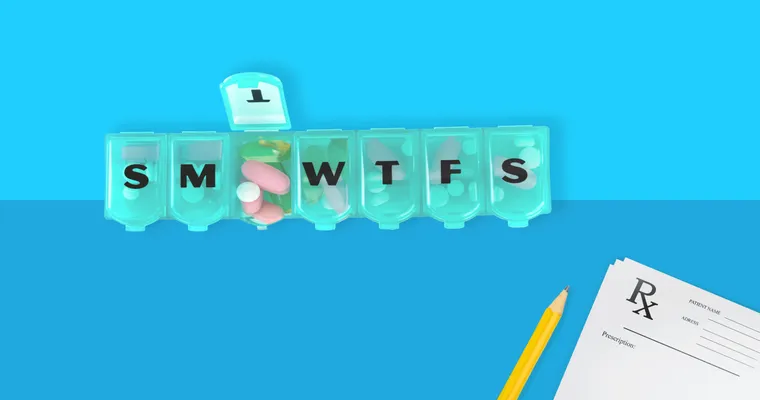Urinary tract infections (UTIs) are common bacterial infections that affect millions of people every year. When it comes to treating UTIs, "antibiotics" are the primary form of medication prescribed by healthcare professionals. Understanding which "antibiotics" are effective for UTIs, their potential side effects, and the importance of proper usage is crucial for effective treatment and prevention of recurrence.
Understanding Urinary Tract Infections
A "urinary tract infection" occurs when bacteria enter the urinary system, which includes the kidneys, ureters, bladder, and urethra. Symptoms often include a frequent urge to urinate, burning sensation during urination, cloudy urine, and pelvic pain. While UTIs can affect anyone, they are more prevalent in women due to anatomical reasons.
Common Antibiotics Used for UTIs
Several types of "antibiotics" are commonly prescribed for the treatment of UTIs. The choice of antibiotic depends on the severity of the infection, the bacteria causing it, and the patient’s medical history. Some of the most frequently prescribed "antibiotics" include:
1. "Trimethoprim-sulfamethoxazole (TMP-SMX)": Often the first-line treatment, this antibiotic is effective against a broad range of UTI-causing bacteria.
2. "Nitrofurantoin": Commonly used for uncomplicated UTIs, it works by interfering with bacterial cell wall synthesis.
3. "Fosfomycin": A single-dose treatment option for uncomplicated UTIs, this antibiotic is effective against several types of bacteria.
4. "Ciprofloxacin": A fluoroquinolone antibiotic often reserved for more complicated cases due to potential side effects.
5. "Amoxicillin": Sometimes used, particularly if the bacteria are known to be susceptible to it.
Duration of Treatment
The duration of antibiotic treatment for a UTI typically ranges from three to seven days, depending on the antibiotic prescribed and the severity of the infection. It is essential to complete the entire course of "antibiotics" even if symptoms improve before finishing the medication. Stopping treatment early can lead to a resurgence of the infection and contribute to antibiotic resistance.
Potential Side Effects
While "antibiotics" are effective in treating UTIs, they can also have side effects. Common side effects may include:
Nausea
Diarrhea
Allergic reactions
Yeast infections
Patients should consult their healthcare provider if they experience severe or persistent side effects.
Preventing Recurrences
After a UTI, many patients worry about future infections. Here are some tips to help prevent recurrence:
Stay hydrated by drinking plenty of water.
Urinate frequently and do not hold it in.
Wipe from front to back after using the toilet.
Urinate after sexual intercourse.
Consider probiotics to maintain healthy bacteria levels.
Conclusion
Antibiotics are a critical component in the treatment of urinary tract infections. Understanding the types of "antibiotics", their appropriate usage, and potential side effects can empower patients to take charge of their health. If you suspect a UTI, consult your healthcare provider for a proper diagnosis and treatment plan. By adhering to treatment guidelines and preventive measures, you can reduce the risk of future infections and maintain a healthy urinary tract.





